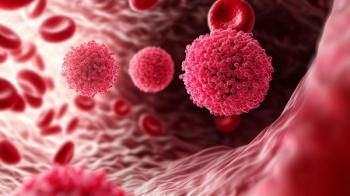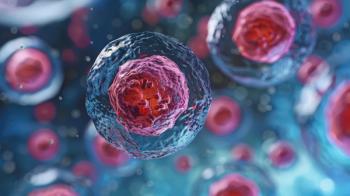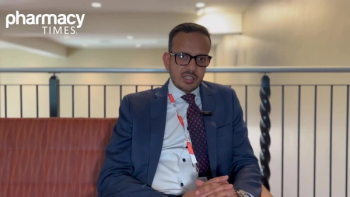
Nutrition, Treatment Effectively Reduce Pneumonia Transmission in Children, Elderly
Use of both nutrition and treatment can help children and elderly populations, especially those in developing countries where vaccine availability is limited.
The combination of proper nutrition and treatment is most effective to reduce pneumonia transmission in children and older adults, according to results of a study published in Healthcare Analytics. The study authors concluded that the joint use of both can help individuals, especially those in developing countries where economic issues, infrastructure, and distribution can contribute to limited vaccine availability.1
According to the National Library of Medicine, individuals aged 65 years and older as well as those who are at risk for pneumonia should receive either the PPSV 23 or PCV 13
The authors of the current study aimed to create a mathematical model that included age structure for the transmission of pneumonia, including intervention strategies around treatment and proper nutrition that could help minimize pneumonia.1 Investigators found that the transmission rate for children and the recruitment rate were the most positive sensitive parameters for the population of children in the study. Likewise, for elders, the transmission rate for them and the recruitment rate were also the positive sensitive parameters.1
They said that the increasing recruitment rates also increase the vulnerable population, therefore, to reduce the reproduction number, the transmission rates would also have to decrease.1
Additionally, the study authors found that proper nutrition and treatment for children and proper nutrition for elders were the most negative sensitive parameters, indicating that the reproduction number could be reduced with treatment and proper nutrition for both populations.1
Furthermore, the investigators found that after implementation of the interventions there was an initial increase, followed by a decrease, for both populations. They also found that after the intervention strategies, children who were infected recovered more when compared to elders with pneumonia, demonstrating that children have an increase chance of recovery with the intervention strategies.1
The study investigators also found that when both1 intervention strategies were applied to both populations, the pneumonia transmission in the community decreased quicker than either intervention alone. In the model, the transmission rate without either intervention strategies were 3.8893 in the children population and 2.1648 in the elderly population, according to the study authors. This is greater than the unity, which they said shows that there is a high possibility for pneumonia to become a pandemic in these populations.1
They found that with the implementation of proper nutrition, the transmission rate needs to decrease by greater than 14% for a reproduction number less than the unity. For treatment, the transmission rate should not increase past 13.9%, according to the study authors.1 When they applied a single intervention, they found that it did decrease the reproduction number to less than unity, but when both were applied, they found that it was even more effective at reducing the reproduction rate.1
The study authors concluded that in countries were vaccine availability is limited, proper nutrition and treatment can help to control the transmission of pneumonia in children and elders, according to the results of the mathematical model.1
References
- Bahaye DW, Marijani T, Mlay G. An age-structured differential equations model for transmission dynamics of pneumonia with treatment and nutrition intervention. Healthcare Analytics. 2023. doi:https://doi.org/10.1016/j.health.2023.100279
- Regunath H, Oba Y. Community-Acquired Pneumonia. Treasure Island (FL): StatPearls Publishing. November 14, 2022. Accessed November 14, 2023. https://www.ncbi.nlm.nih.gov/books/NBK430749/
Newsletter
Stay informed on drug updates, treatment guidelines, and pharmacy practice trends—subscribe to Pharmacy Times for weekly clinical insights.



















































































































































































































